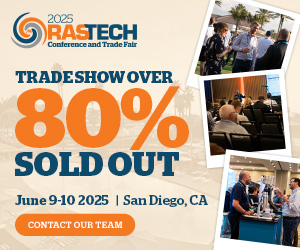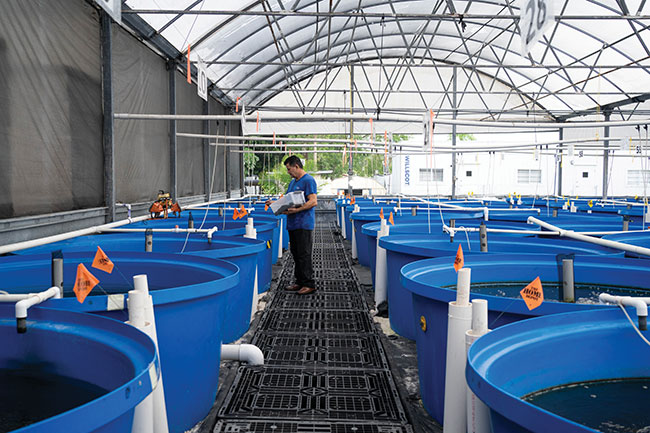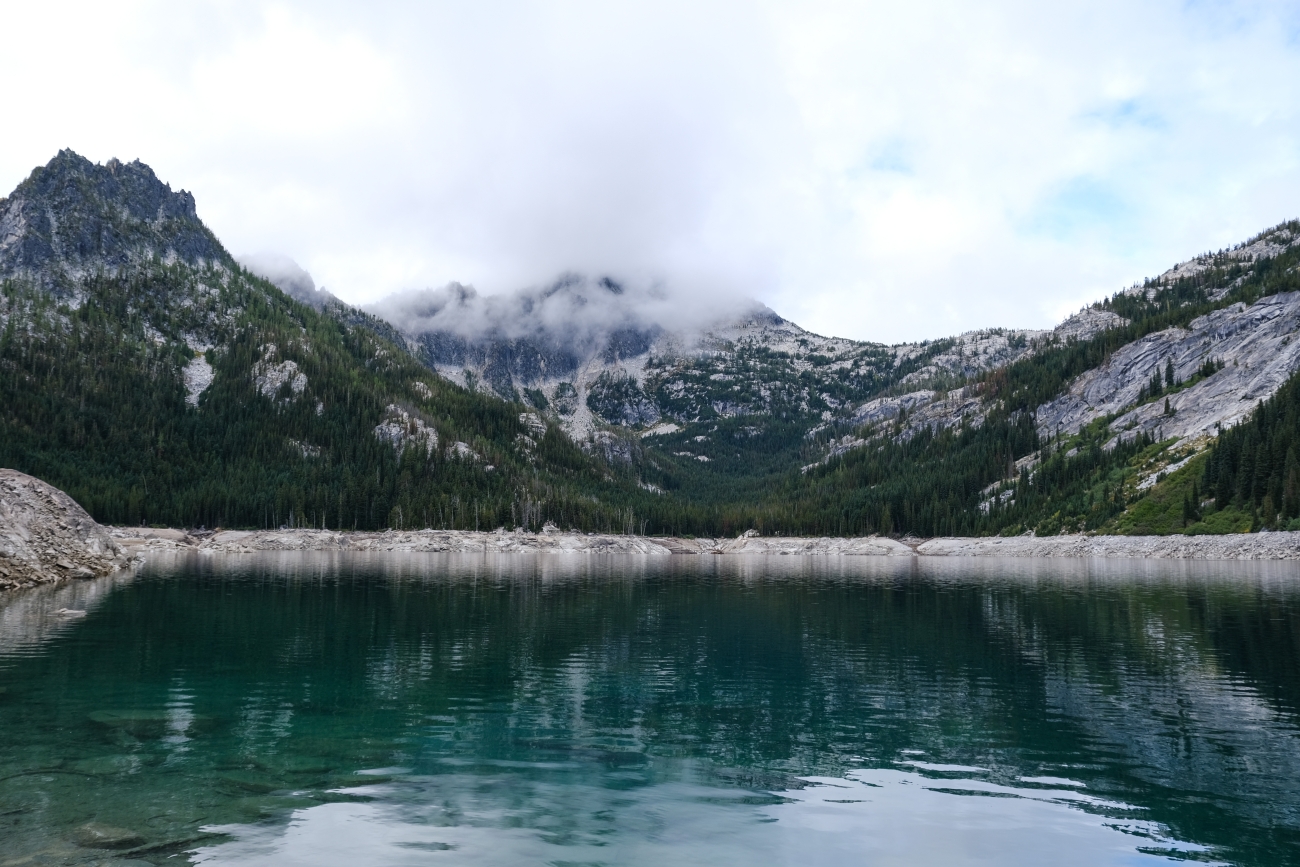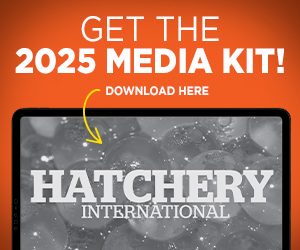| |
| |
| |
 |
|
@{mv_date_MMM d, yyyy}@ |
| |
|
| |
Want to learn more about hatchery operations, especially in the new year? Come back weekly for helpful content from our evergreen section.
- Seyitan Moritiwon, Associate editor
|
|
| |
|
| |
 Uzgen Fish Farm, a state-owned farm in Kyrgyzstan, has launched production of carp fish and broodstock in fish-and-rice farms, the Agricultural Ministry said in a statement on its website.
» Read More...
Uzgen Fish Farm, a state-owned farm in Kyrgyzstan, has launched production of carp fish and broodstock in fish-and-rice farms, the Agricultural Ministry said in a statement on its website.
» Read More...
The recently concluded 15th Aquaculture Association of Southern Africa (AASA) Conference, held in Stellenbosch, South Africa was a key event for the region’s aquaculture industry.
» Read More...
Dominion Solutions, a South African aquaculture firm, has developed digital tools and systems that can help African fish farmers monitor fish behaviour using artificial intelligence (AI) and ensure efficient utilization of fish feeds.
» Read More...
|
| |
|
| |
 Although this is not a complete overview of the current events in the global hatchery industry, our editorial team at Hatchery International attempts to provide a general overview of what to expect for the new year. Hatcheries are an important cog in the larger fisheries and aquaculture machine. We continue to work towards providing our readers with as many different perspectives as possible.
» Read More...
Although this is not a complete overview of the current events in the global hatchery industry, our editorial team at Hatchery International attempts to provide a general overview of what to expect for the new year. Hatcheries are an important cog in the larger fisheries and aquaculture machine. We continue to work towards providing our readers with as many different perspectives as possible.
» Read More... |
| |
 Eighteen miles of hiking in the mountains with 5,000 feet of elevation gain in one day – yes, please?
When I first learned about the arduous Snow Lakes trek taken by Leavenworth National Fish Hatchery staff, and that they do it every year, multiple times a season, I wanted to know more – not only for the physical challenge, but I was also curious about why they do it.
» Read More...
Eighteen miles of hiking in the mountains with 5,000 feet of elevation gain in one day – yes, please?
When I first learned about the arduous Snow Lakes trek taken by Leavenworth National Fish Hatchery staff, and that they do it every year, multiple times a season, I wanted to know more – not only for the physical challenge, but I was also curious about why they do it.
» Read More... |
| |
| |
|
| |
Temperature is one of the primary water quality parameters monitored daily, if not more, by every aquaculturist. Water temperature impacts metabolism and photosynthesis, dissolved oxygen and other gases, conductivity and salinity, compounds like ammonia toxicity, oxidation-reduction potential (ORP), pH, water density, and much more.
» Rewatch here
From fertilizers and soil amendments to biogas and feed for alternative fish-feed, sludge from hatcheries and land-based fish farms are coming full circle, or semicircle, depending on whom one asks.
» Rewatch here
|
| |
|
| |

|
| |
|
| |
|
|
| |
| |




